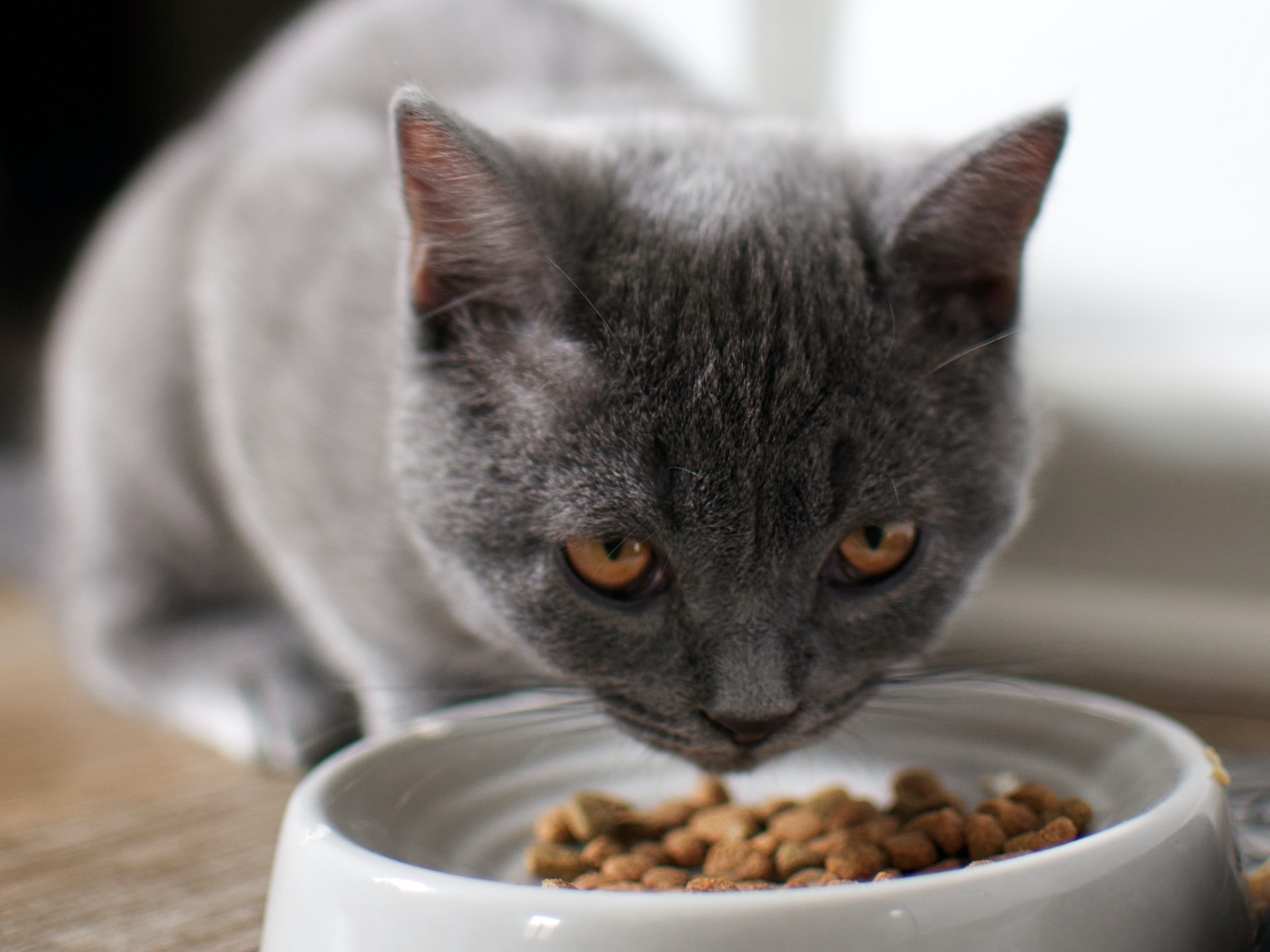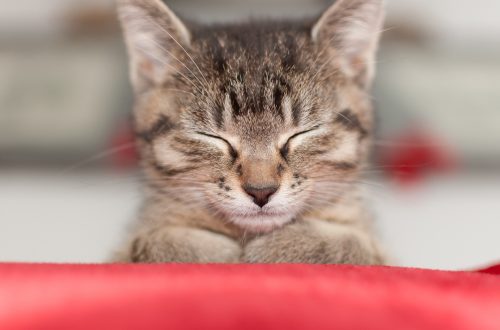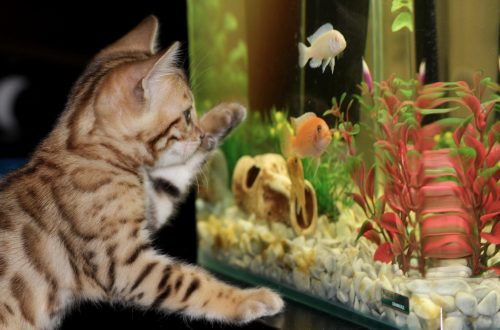
Feeding your new kitten
Now that you have a new kitten, I’m sure you’d like to know how to bring her up to be a happy, healthy cat. Diet is one of the most important choices you make for your new kitty. Most importantly, you need to feed a diet that is specially formulated for growing kittens. The diet should be high in calories, protein-rich, and easy to digest. My favorite kitten foods include options from Purina, Royal Canin, Iams, and Hill’s. These companies put a lot of research into formulating the best diets for your pets and they employ veterinarians who specialize in nutrition to formulate their foods. These diets are your best bet for finding a formula that has the right amount of nutrients to help your kitten grow to be her best self. (I will address pet food options in a future post, so hold tight for more on that.)
Ideally, your kitten stayed with her mother and litter mates until she was at least eight weeks old. At this point, she should have been fully weaned and able to regulate her own body temperature. Some kittens may be able to eat a kitten food starting at 5-6 weeks, but it’s best for them to remain with their mom until about 8 weeks of age.
When taking your kitten home, ask her prior guardian, foster, or shelter what diet she was fed and ideally have at least a week’s worth of that diet so that you can transition to your new chosen food slowly. Of course, if your kitten was already fed a high quality diet, you may decide to keep feeding her the same brand and type of food. If you do change her food, do so slowly by mixing a small amount of the new food and gradually increasing it over the course of a week to prevent her from getting an upset tummy. Generally, I recommend that you mix the new food in starting with 1/4 new diet + 3/4 old diet for 2-3 days, then half and half of each diet for 2-3 days, then 3/4 new food + 1/4 old food for 2-3 days, then switch to the new diet entirely.
If you’re up to it, switching around a few high quality diets while your kitten is young is actually a good idea. Also feeding a combination of both dry and canned food can benefit you and your kitten as she gets older. Since all the pet food companies have different kibble size and texture in the dry foods, and a variety of formulations in their canned foods, it’s a good idea to expose your kitten to a few different types of diets. This may help down the line when your kitten may have a medical condition that requires specific diet therapy. If she’s used to different kinds of diets, it should make it easier for her to adjust to a diet change when necessary. When changing diets, do make sure to slowly transition from one type to another over a week’s time as outlined above.
I still rotate between a few dry cat foods and canned foods with Lancelot. I am finding that some kibble diets do cause him some gastrointestinal distress though, so my rotating diet days may be over. He also eats some canned food daily, but only one brand doesn’t cause vomiting in him and he only likes stews. He has always refused pate consistency canned food.
As for how often you should feed your kitten, you should adjust your kitty’s feeding schedule by age:
- Up to six months: Feed your kitten three to four times per day. At this stage of rapid growth and development, kittens require a lot of calories. It might be easier at this stage to free-feed your kitty by leaving a bowl of kibble where she can access it whenever she’s hungry.
- Six to nine months: As your kitten enters adolescence and growth slows, your kitten needs fewer calories and shouldn’t be fed more than 2 to 3 times per day.
- Nine to twelve months: By twelve months, your cat is no longer a kitten. As she approaches adulthood at nine months, you can begin transitioning her to adult cat food. You should also start keeping an eye on her weight to make sure she’s not being overfed.
Along with quality kitten food, make sure your kitten has easy access to clean, fresh water. Avoid giving her milk, which might upset her stomach. Despite what you might have heard about cats enjoying a bowl of milk or cream, the fact is that cats can’t properly digest dairy. These types of treats can cause tummy troubles which aren’t a treat for either you or your feline friend.
~ As an Amazon Associate I earn from qualifying purchases linked from my site. ~





